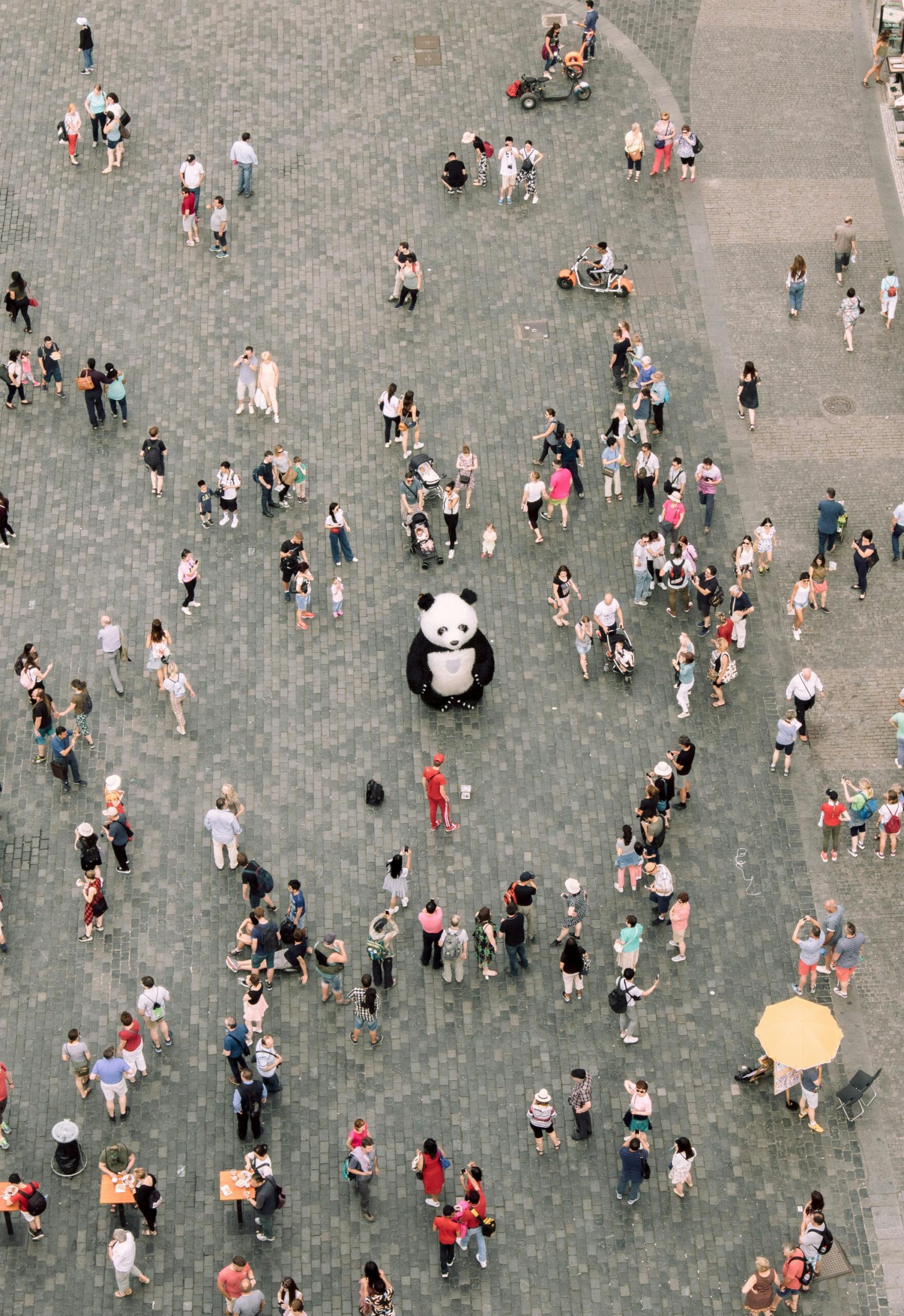Psychogeography, a dynamic interdisciplinary field, explores the intricate relationship between geographical spaces and human psychology. As urban environments proliferate, the need to understand their impact on cognitive functioning becomes increasingly critical. This article aims to explore how the design and layout of urban landscapes influence mental processes, highlighting implications for urban design and mental well-being.
Influence of Urban Design on Cognitive Processes
Urban spaces are not merely physical entities; they represent complex ecosystems that profoundly influence cognition and behavior. The urban environment, ranging from the architectural style of buildings to the provision of open spaces, plays a key role in shaping cognitive health. Research highlights that environments with diverse stimuli can foster cognitive engagement, promoting mental vitality. However, overly monotonous or hyper-stimulating surroundings can contribute to cognitive overload and fatigue, leading to diminished attention spans and memory retention (Ellard, 2015).
The Role of Green Spaces
Green spaces are indispensable elements of urban environments due to their restorative effects on cognition. Studies indicate that contact with nature can alleviate mental fatigue and enhance concentration by providing a calming backdrop that facilitates mental recuperation. Parks and green avenues act as cognitive sanctuaries amid the urban chaos, highlighting the necessity of integrating natural elements in urban planning to promote mental clarity and focus (Park et al., 2022).
Navigational Skills and Spatial Awareness
One of psychogeography’s primary interests lies in its effect on spatial awareness and navigation abilities. The configuration of urban layouts can significantly impact an individual’s navigational skills. Complex, well-designed spaces can improve spatial cognition and facilitate wayfinding, reducing stress associated with disorientation. Alternatively, rigid or poorly planned environments can exacerbate feelings of confusion, impeding effective navigation. Encouraging exploratory behavior through open-ended urban designs can foster improvement in spatial cognition (Prescott-Steed, 2013).
Social Interaction and Cognitive Development
Urban spaces also influence cognitive development through their impact on social interactions. Public spaces that encourage community engagement can significantly enhance cognitive resilience, providing supportive networks that stimulate cognitive and emotional growth. Social interactions fostered in urban settings contribute to cognitive flexibility and adaptability, essential for both individual and community well-being. In this context, psychogeography emphasizes the importance of designing urban spaces that nurture social connections and cognitive stimulation (Rose & Samuels, 2021).
Conclusion
The exploration of psychogeography and its implications for cognitive functioning offers valuable insights for urban planners and cognitive scientists. Recognizing the multifaceted effects of urban design on cognitive processes highlights opportunities to create environments that foster mental health and well-being. Urban areas that strategically blend natural landscapes, facilitate social interaction, and encourage cognitive engagement can become epicenters of cognitive vitality, paving the way for healthy, vibrant communities.
By understanding how urban spaces shape cognitive functioning, city planners can devise intelligent, human-centric urban solutions that not only serve the functional needs of city dwellers but also support their psychological and cognitive health. This holistic approach promises to enhance urban living, making cities not just places of residence, but spaces of thriving, cognizant human interaction.
References
- Ellard, C. (2015). Places of the heart: The psychogeography of everyday life. Bellevue Literary Press.
- Park, H., et al. (2022). CRISPR/dCas9-Dnmt3a-mediated targeted DNA methylation of APP rescues brain pathology in a mouse model of Alzheimer’s disease. SpringerLink.
- Prescott-Steed, D. (2013). The psychogeography of urban architecture. Google Books.
- Rose, M., & Samuels, J. (2021). Psychogeography and urban exploration. Torrossa.
Image: Jeffrey Czum
